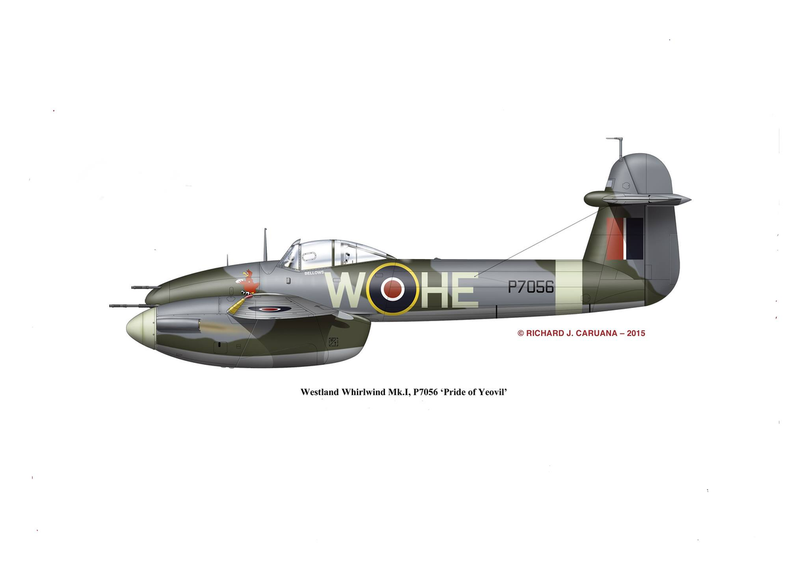shin_getter
ACCESS: Top Secret
- Joined
- 1 June 2019
- Messages
- 941
- Reaction score
- 1,198
I've just been thinking about how I learned about the operation of various vehicles. After thinking about it a bit, a lot of it comes from video games. Kinda of embarrassing but all other mediums just transfer almost no information in comparison as adjectives is just limiting. This is probably simply reality for young people today.
With this in mind, it seems like preservation of history and a lot of education should be about building digital models. Stuff like museums funding should go into collecting information for these models, which can in turn be utilized by others. There can also be other open source efforts at this.
There is a number of things I'm thinking about:
1. What is there a natural community for this sort of thing? Sim gamers is one but it seems to me that a greater circle is possible, for history interested persons to wargamers.
2. How should data be collected, formatted and shared? Standardization enabling easy generation and usage by different software should be helpful. There is huge amount of duplicate effort today.
3. How does the economics of the entire thing work out....
And so on. This is really half baked idea but I don't think people should be learning about any of this stuff with books, and games designed with competitive, low entry gameplay in mind just work poorly as well.
With this in mind, it seems like preservation of history and a lot of education should be about building digital models. Stuff like museums funding should go into collecting information for these models, which can in turn be utilized by others. There can also be other open source efforts at this.
There is a number of things I'm thinking about:
1. What is there a natural community for this sort of thing? Sim gamers is one but it seems to me that a greater circle is possible, for history interested persons to wargamers.
2. How should data be collected, formatted and shared? Standardization enabling easy generation and usage by different software should be helpful. There is huge amount of duplicate effort today.
3. How does the economics of the entire thing work out....
And so on. This is really half baked idea but I don't think people should be learning about any of this stuff with books, and games designed with competitive, low entry gameplay in mind just work poorly as well.


